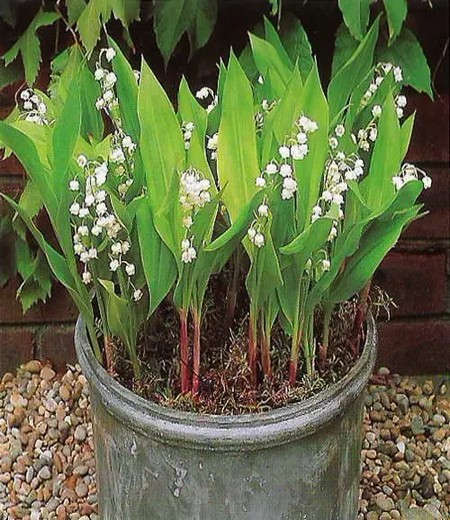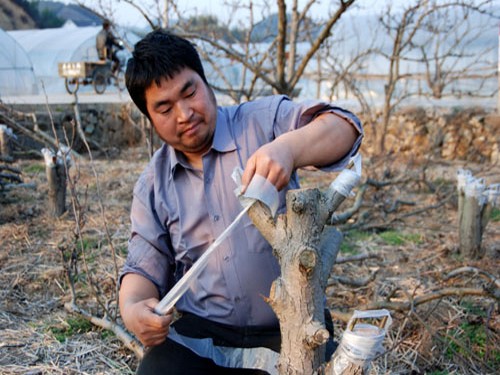Planting technique of Scutellaria barbata
Scutellaria barbata is a kind of Labiatae plant, its dry aboveground part has the functions of heat-clearing and detoxification, promoting blood circulation and removing blood stasis, reducing swelling and pain, anti-cancer and so on. Jiang Yi's "picking up the remains of Medicine Mirror" records "half a lotus to solve the fairy grass injured by snakes". In addition to the treatment of venomous snake bites, it is also used to treat tumors, which has a certain short-term effect. The Compendium of corrected Materia Medica recorded that "this grass has purplish-white flowers, purplish red, pairs of leaves, used in July and August." The morphology is similar to that of this species.

Half-branch lotus originated in Brazil in South America, and now it is cultivated all over our country. Scutellaria barbata plants are short, with smooth stems and leaves, colorful flowers and long flowering period, which not only play an important role in decoration, but also have many uses in fengshui, so they are deeply loved by people.
The growth of Scutellaria barbata can be restored easily after transplantation, and the large seedlings can also be transplanted with bare roots. Because of its cross-pollination, it is difficult to keep the flower color of the variety pure by sowing and reproduction. if monochromatic flowers are needed, they can be sowed and raised in the greenhouse in early spring, and then color-separated cuttings can be used for the first flower. The seeds are different in maturity and easy to fall off, so they should be collected regularly in time.
Land selection and land preparation:
It is better to plough loose and fertile sandy loam or loam. At the same time, 2000 kg of farm manure is applied per mu as base fertilizer.
Propagation method: seed reproduction is the main method, and ramet propagation can also be used.
1. Seed propagation is mostly direct seeding, from late September to early October, strip sowing or hole sowing. Strip sowing is ditched according to the row spacing of 25-30 cm, and the ditch depth is about 4 cm; the hole seeder opens the hole according to the hole spacing of 27 cm.
2. When sowing, first sow the seeds into plant ash mixed with animal dung water, mix them into seed ash, and then evenly scatter them in the ditch or hole, covered with a layer of fine soil or plant ash, the thickness shall not exceed 0.5 cm. After sowing, the soil should be kept moist before emergence, and the seedlings can emerge about 20 days after sowing. Use 1.5-2 kg of seeds per mu.
3. Ramet propagation is carried out in spring and summer. Dig up the old roots of the plant, select strong, pest-free plants for split, each plant has 3-4 seedlings, according to the hole distance of about 27 cm hole planting, cut and watered.
Field management:
1. When the seedling height is 5-7 cm, the direct seeding of inter-seedling and supplementary seedling should be carried out according to the plant spacing of 4-5 cm, and the seedlings should be transplanted with soil and watered after planting.
2. Weeding and weeding should be carried out in time after each harvest.
3. Topdressing combined with ploughing and weeding, topdressing 2000 kg of human and animal manure water per mu.
Pest control:
In the process of growth, Scutellaria barbata has almost no disease, and aphids and vegetable black insects are easy to occur during flowering. The former can be controlled by dimethoate, and the latter can be sprayed with 50% dichlorvos 1000 times.
Seed retention technique from May to June, when the seeds are gradually mature, the fruit branches are harvested in batches, dried in the sun or shaded, rubbed out the seeds, winnowed the stems and impurities, put them in a cloth bag and stored in a dry place. The continuous cropping field of Scutellaria barbata does not need to leave seeds, and the roots and seedlings can be renewed for 3-4 years.
Time: 2019-05-25 Click:
- Prev

How to grow lily orchids
The beauty of the valley of the valley is favored by the romantic French by nature. Since the beginning of the 20th century, the beloved lily of the valley has had its own program, and May 1 is the French festival of the lily of the valley. The British are also big fans of the lily of the valley. Lily in the valley is the British common name for the lily of the valley.
- Next

Pear Grafting Technique
Pear tree is a traditional cultivated fruit tree in China. As far as 3000 years ago, the working people had domesticated wild pear trees and bred many pear varieties. Pear tree not only has economic value, but also has important ecological value and ornamental value. It can also be widely used in urban and rural landscaping.
Related
- Fuxing push coffee new agricultural production and marketing class: lack of small-scale processing plants
- Jujube rice field leisure farm deep ploughing Yilan for five years to create a space for organic food and play
- Nongyu Farm-A trial of organic papaya for brave women with advanced technology
- Four points for attention in the prevention and control of diseases and insect pests of edible fungi
- How to add nutrient solution to Edible Fungi
- Is there any good way to control edible fungus mites?
- Open Inoculation Technology of Edible Fungi
- Is there any clever way to use fertilizer for edible fungus in winter?
- What agents are used to kill the pathogens of edible fungi in the mushroom shed?
- Rapid drying of Edible Fungi

